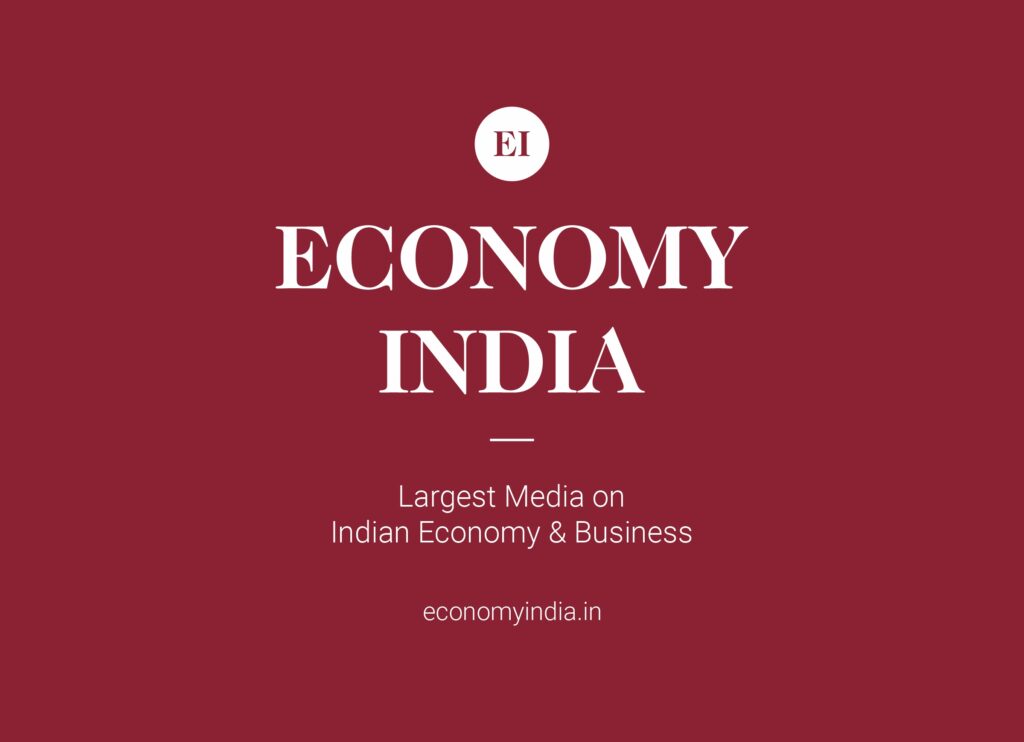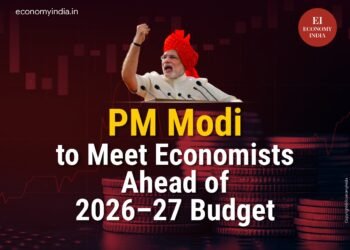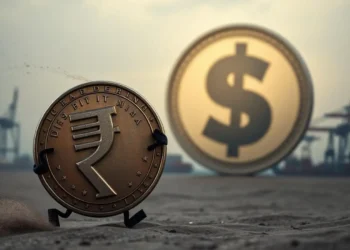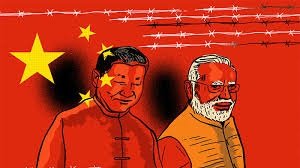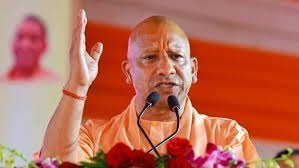Proposed trade pact could align tariffs with ASEAN levels and boost labour-intensive sectors amid shifting global trade dynamics.
NEW DELHI I Economy India: India’s proposed Free Trade Agreement (FTA) with the European Union could give the country access to a massive $875 billion market, potentially reshaping its position in global commerce. The deal, industry experts say, would not only align India’s tariff regime with ASEAN countries but also offer a strategic advantage in navigating the increasingly protectionist global environment.
According to Boston Consulting Group’s (BCG) India head Rahul Jain, the FTA negotiations come at a pivotal moment when global trade patterns are undergoing a transformation. “India is at a critical juncture in its trade policy, and preferential access to large markets like the EU could unlock substantial growth opportunities,” Jain stated on Friday.
The EU, with its combined GDP exceeding $17 trillion, is one of the world’s largest economic blocs. Access to this market would significantly enhance India’s export potential in sectors ranging from textiles and engineering goods to IT services and pharmaceuticals.

One of the central benefits of the India-EU FTA would be tariff parity with ASEAN nations, which currently enjoy lower duties on exports to Europe. This parity would enable Indian exporters to compete more effectively in sectors where even minor cost differences can determine market share.
Jain highlighted that labour-intensive sectors—such as garments, leather products, handicrafts, and light manufacturing—stand to benefit the most. These industries have been facing headwinds from U.S. protectionism, making diversification of export destinations an urgent priority.
The strategic rationale for the agreement goes beyond immediate economic gains. The EU is actively seeking to reduce its dependence on China and diversify its supply chains—a trend that aligns with India’s “Make in India” and “Atmanirbhar Bharat” objectives.
The FTA could also improve India’s bargaining position in other trade negotiations. Jain noted that preferential access to both the United Kingdom and possibly the EU would provide a “double advantage” in terms of attracting foreign investment and securing supply chain linkages.
India has already signed a historic FTA with the UK last month. This landmark agreement is expected to reduce tariffs on British whisky, automobiles, and several manufactured goods, while granting Indian exporters lower-duty access to the UK market.
BCG estimates that the UK-India deal alone could boost bilateral trade by approximately $34 billion annually. When combined with the potential EU agreement, the cumulative trade gains could be transformative for India’s export sector.
In practical terms, the EU agreement could lower barriers for Indian agricultural exports, particularly processed food, tea, spices, and marine products. These goods currently face higher tariffs than those from ASEAN countries.
For India’s service sector, which contributes over 50% to GDP, the deal could open doors to professional mobility, recognition of qualifications, and easier visa processes for IT, engineering, and healthcare professionals.
The FTA is also expected to address non-tariff barriers—such as product standards, certification processes, and customs procedures—that often slow down trade despite low or zero tariffs.
Jain pointed out that, while trade in goods is critical, trade in services should remain a core focus in the negotiations. The EU’s demand for skilled professionals in tech, healthcare, and finance presents a substantial opportunity for Indian service exporters.
The potential benefits, however, come with challenges. Negotiators must navigate sensitive sectors like agriculture, dairy, and certain manufacturing segments where domestic producers fear competition from cheaper European imports.
There is also the matter of aligning India’s domestic regulations with EU standards, especially in areas like data privacy, environmental compliance, and labour rights. Meeting these standards could require structural reforms in multiple sectors.
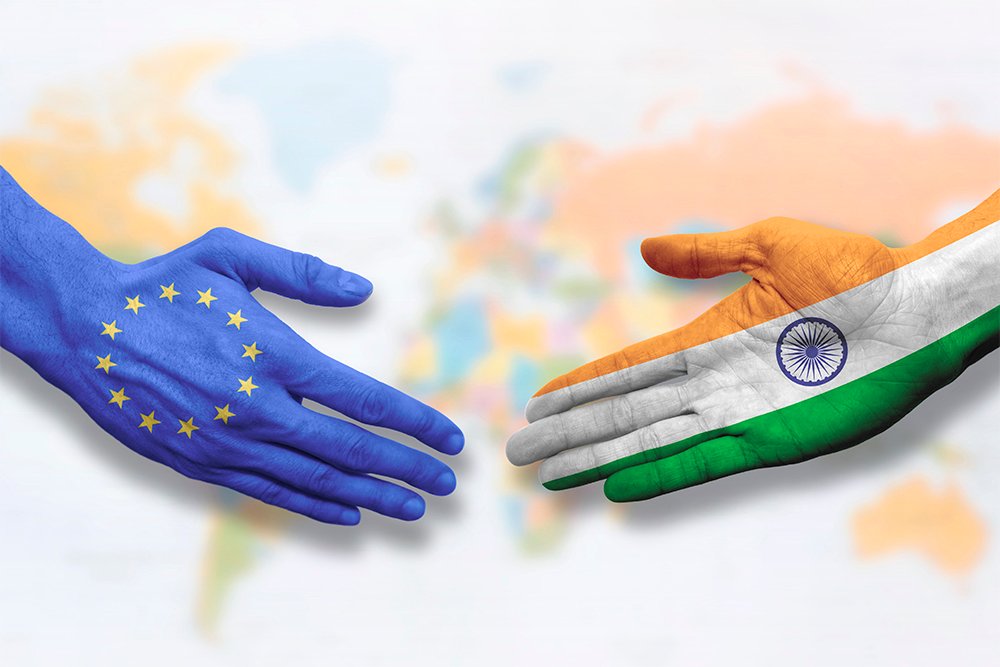
Nevertheless, industry analysts believe the net economic impact will be positive if the deal is structured to safeguard vulnerable sectors while maximising export potential in competitive industries.
The global trade environment is shifting rapidly, with geopolitical tensions, supply chain reconfigurations, and economic nationalism shaping policy decisions. Against this backdrop, India’s strategic push for multiple FTAs is seen as a proactive measure to secure its growth trajectory.
If successful, the India-EU FTA could mark one of the most significant trade milestones for the country in decades—boosting exports, attracting investment, and reinforcing India’s role as a major player in the global economy.
For now, all eyes remain on the negotiation tables in Brussels and New Delhi, where the finer details of the agreement will determine whether India can fully tap into the $875 billion opportunity that lies ahead.
(Economy India)



